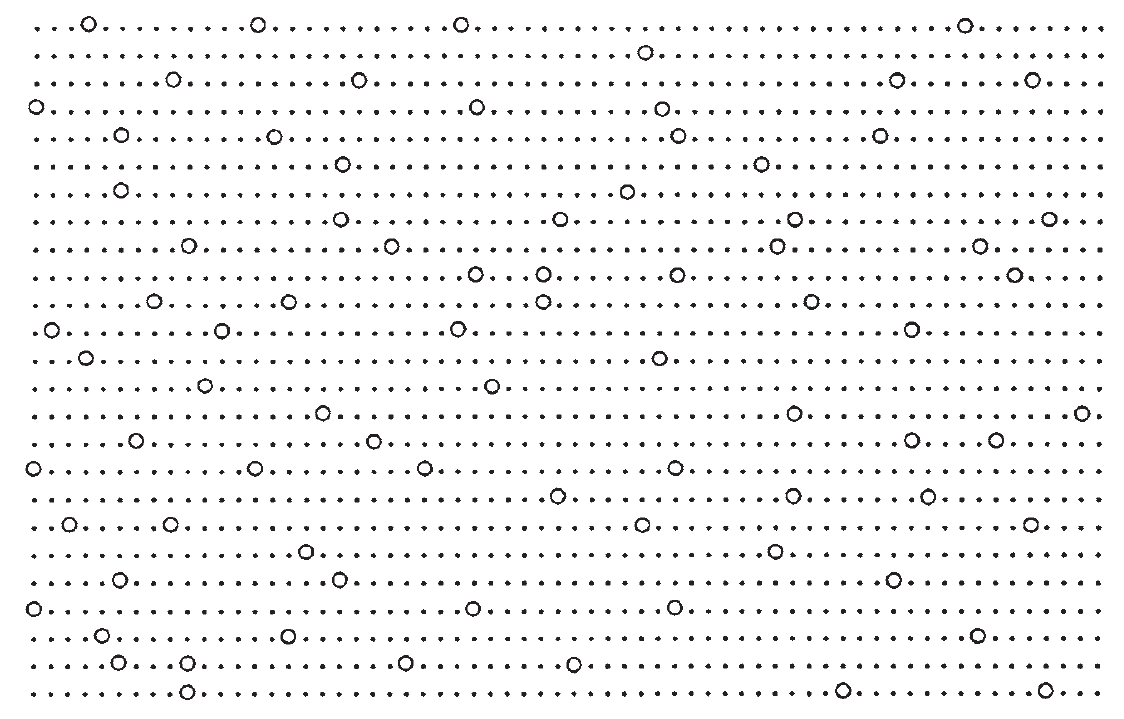
تاريخ الفيزياء

علماء الفيزياء


الفيزياء الكلاسيكية

الميكانيك

الديناميكا الحرارية


الكهربائية والمغناطيسية

الكهربائية

المغناطيسية

الكهرومغناطيسية


علم البصريات

تاريخ علم البصريات

الضوء

مواضيع عامة في علم البصريات

الصوت


الفيزياء الحديثة


النظرية النسبية

النظرية النسبية الخاصة

النظرية النسبية العامة

مواضيع عامة في النظرية النسبية

ميكانيكا الكم

الفيزياء الذرية

الفيزياء الجزيئية


الفيزياء النووية

مواضيع عامة في الفيزياء النووية

النشاط الاشعاعي


فيزياء الحالة الصلبة

الموصلات

أشباه الموصلات

العوازل

مواضيع عامة في الفيزياء الصلبة

فيزياء الجوامد


الليزر

أنواع الليزر

بعض تطبيقات الليزر

مواضيع عامة في الليزر


علم الفلك

تاريخ وعلماء علم الفلك

الثقوب السوداء


المجموعة الشمسية

الشمس

كوكب عطارد

كوكب الزهرة

كوكب الأرض

كوكب المريخ

كوكب المشتري

كوكب زحل

كوكب أورانوس

كوكب نبتون

كوكب بلوتو

القمر

كواكب ومواضيع اخرى

مواضيع عامة في علم الفلك

النجوم

البلازما

الألكترونيات

خواص المادة


الطاقة البديلة

الطاقة الشمسية

مواضيع عامة في الطاقة البديلة

المد والجزر

فيزياء الجسيمات


الفيزياء والعلوم الأخرى

الفيزياء الكيميائية

الفيزياء الرياضية

الفيزياء الحيوية

الفيزياء العامة


مواضيع عامة في الفيزياء

تجارب فيزيائية

مصطلحات وتعاريف فيزيائية

وحدات القياس الفيزيائية

طرائف الفيزياء

مواضيع اخرى
Hole flow
المؤلف:
Stan Gibilisco
المصدر:
Teach Yourself Electricity and Electronics
الجزء والصفحة:
363
5-5-2021
1622
Hole flow
In a P-type semiconductor, most of the current flows in a way that some people find peculiar and esoteric. In a literal sense, in virtually all electronic devices, charge transfer is always the result of electron movement, no matter what the medium might be. The exceptions are particle accelerators and cloud chambers—apparatus of interest mainly to theoretical physicists.
The flow of current in a P-type material is better imagined as a flow of electron absences, not electrons. The behavior of P-type substances can be explained more easily this way. The absences, called “holes,” move in a direction opposite that of the electrons. Imagine a sold-out baseball stadium. Suppose 19 of every 20 people are randomly issued candles. Imagine it’s nighttime, and the field lights are switched off. You stand at the center of the field, just behind second base.The candles are lit, and the people pass them around the stands. Each person having a candle passes it to the person on their right if, but only if, that person has no candle. You see moving dark spots: people without candles. The dark spots move against the candle movement. The physical image you see is produced by candle light, but the motion you notice is that of candles absences.
Figure 1 illustrates this phenomenon. Small dots represent candles or electrons. Imagine them moving from right to left in the figure as they are passed from person to person or from atom to atom. Circles represent candle absences or holes. They “move” from left to right, contrary to the flow of the candles or the electrons, because the candles or electrons are being passed among stationary units (people or atoms). This is just the way holes flow in a semiconductor material.

Figure 1: Pictorial representation of hole flow. Small dots represent electrons, moving one way; open circles represent holes, moving the other way.
 الاكثر قراءة في الألكترونيات
الاكثر قراءة في الألكترونيات
 اخر الاخبار
اخر الاخبار
اخبار العتبة العباسية المقدسة

الآخبار الصحية















 قسم الشؤون الفكرية يصدر كتاباً يوثق تاريخ السدانة في العتبة العباسية المقدسة
قسم الشؤون الفكرية يصدر كتاباً يوثق تاريخ السدانة في العتبة العباسية المقدسة "المهمة".. إصدار قصصي يوثّق القصص الفائزة في مسابقة فتوى الدفاع المقدسة للقصة القصيرة
"المهمة".. إصدار قصصي يوثّق القصص الفائزة في مسابقة فتوى الدفاع المقدسة للقصة القصيرة (نوافذ).. إصدار أدبي يوثق القصص الفائزة في مسابقة الإمام العسكري (عليه السلام)
(نوافذ).. إصدار أدبي يوثق القصص الفائزة في مسابقة الإمام العسكري (عليه السلام)


















